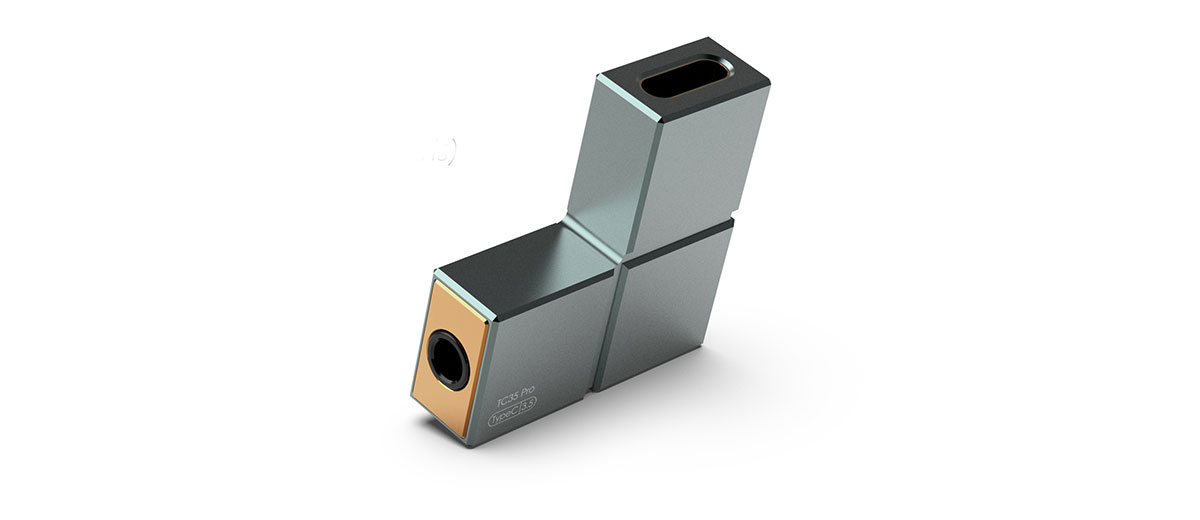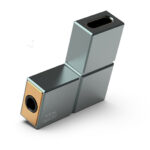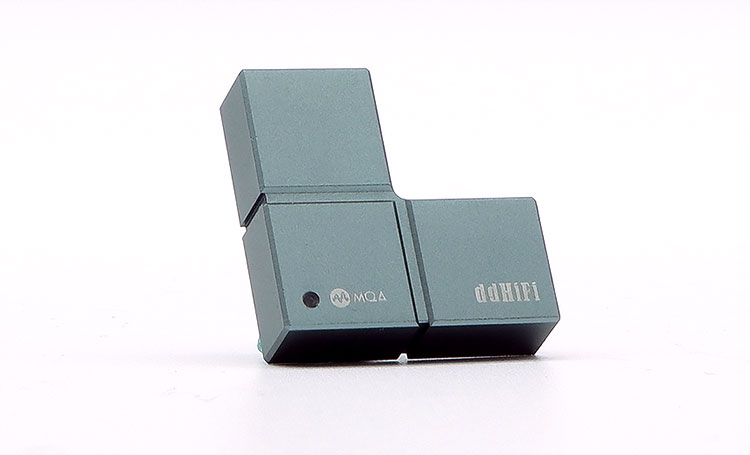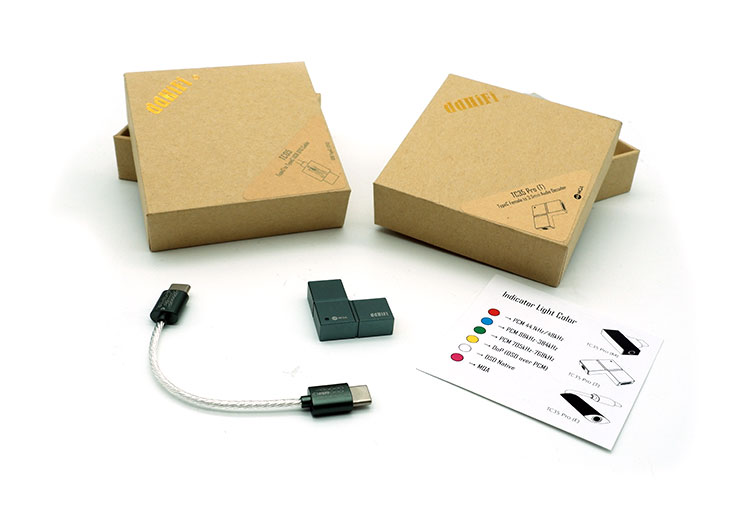ddHiFi TC35 Pro Tetris is a uniquely shaped DAC/Amp dongle capable of up to 32BIT/768kHz, MQA, and DSD512 decoding. It is priced at $94.99.
Disclaimer: The ddHiFi TC35 Pro Tetris was sent to us in exchange for our honest opinion in this review. Many thanks to ddHiFi for giving us this opportunity.
You can read about previous ddHiFi products reviewed on Headfonics here.
Note, this 2-page review follows our new scoring guidelines for 2021 which you can read up on here.
In 2017, Mr. Demond Ding founded ddHiFi, lending his initials to the name of the company. Although ddHiFi is relatively new, Mr. Ding has been in the headphone industry for quite some time already, having worked with both FiiO and OPPO previously.
ddHiFi started with mostly accessories like adaptors, and DAP cases, however, they have since expanded their product portfolio to include IEMs like the Janus which has already come across our office for review.
They have also been releasing different dongle DACs, and they have sent over an updated version of their successful TC35 which is called the TC35 Pro.

Tech Highlights
Internally, the TC35 Pro uses an ESS9281AS DAC chip, which is one of the newer delta-sigma’s manufactured by Sabre. This DAC chip allows the TC35 Pro to decode PCM streams up to 32bit/768kHz, DSD 512, and MQA decoding, which ensures that the TC35 Pro is future-proof as far as decoding capabilities are concerned.
The output section of the TC35 Pro has a rated power of about 30mW into 16Ω, 62mW into 32Ω, and 7mW into 600Ω.
However, the TC35 Pro internally detects the headphone impedance connected to it to switch into high gain or low gain mode. This is a nifty feature to ensure that the TC35 Pro is configured in the appropriate gain settings before powering up.
Design
Something interesting that I found with the TC35 Pro is that it comes in 3 forms, which are the Tetris, the Eye, and the Mountain. All 3 designs have identical specifications, so I would venture to guess that all 3 versions should sound similar. The version that was sent over to us is the Tetris.
The chassis of the TC35 Pro is made of 6063 aircraft-grade aluminum, which means that the chassis is ready to take a beating when it’s used as an everyday carry device. Also, the aluminum chassis helps keep the weight of the device down, with the Tetris only weighing in at 8g without the cable.
The Tetris chassis is an L-shaped device with a USB C port at one end, and a 3.5mm headphone jack at the other end. A separate USB C cable is required to connect the Tetris version of the TC35 Pro to any upstream source gear.
Take note that the USB C cable is directional, so following the arrow according to the direction of the data flow is needed for the cable to work properly. The removable cable allows the Tetris version to be the most versatile design among the 3 since it allows for swapping in a Lightning-to-USB-C cable on the fly.
I/O
With the TC35 Pro being a dongle DAC, the design is focused on portability rather than features. So the TC35 Pro only has a USB C input, in the form of a female USB C for the Tetris version of the TC35 Pro.
Similarly, the output on the TC35 Pro is also as straightforward with just a single 3.5mm jack for the output. The 3.5mm port on the TC35 Pro is compatible with both the standard TRS 3.5mm jacks, and the TRRS 3.5mm jacks equipped with either a mic or controls.
While the 3 versions of the TC35 Pro are internally identical, I prefer the Tetris version for the added functionality of allowing the user to swap in different USB C cables, making it simpler to connect it to Apple devices or even a laptop via USB A.
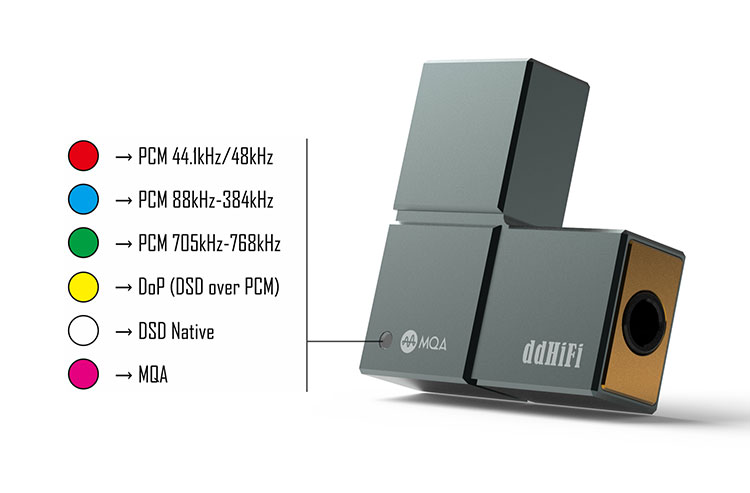
Interface
Physically, the TC35 Pro doesn’t have any buttons, the only thing that I can find on the surface of the DAC itself is the little LED on the device itself.
Once I connect the TC35 Pro to my phone, it won’t normally activate if there is no headphone or IEM is connected to the output of the device. It’s only when an IEM is connected to the 3.5mm jack that the TC35 Pro will start decoding anything.
The LED on the TC35 Pro indicates the different sampling rates that the DAC is working on at that moment. Redbook CD resolutions are indicated by a red LED, DSD makes the LED turn white, while DoP will show a yellow LED, and finally, MQA is shown by a pink LED.
Packaging & Accessories
When ordering the TC35 Pro with the Tetris option, there is a choice between adding a USB C to USB C cable, or a USB C to lightning cable, or no cable. For the TC35 Pro Tetris that was sent over to us, ddHiFi sent it over with the USB C to USB C cable.
The TC35 Pro and the USB C cable come in separate brown boxes. Although both could fit inside a single box, I believe the separate boxes also allows them to ensure that both items arrive without and scratches from hitting each other while they are in transport.
Aside from the DAC and the cable, the boxes don’t contain much except a small guide for the sampling rate indicator and the warranty card. Both boxes are then stuffed with some shredded paper for padding.
Overall, the packaging is sufficient to ensure the safety and durability of the TC35 Pro during transport and storage.
Sound Impressions
Summary
While most DAC/Amps tend to aim for a painfully neutral tuning, the TC35 Pro moves away from that mold. Having an overall warmer tonal shift, the elevated bass shelf on the TC35 Pro allows it to accentuate the mid-bass on most IEMs.
The midrange is of course more recessed compared to the bass, but vocal tracks remain prominent enough in the mix. In a way, it’s still in the foreground, but the bass is just environmental, allowing the midrange to still take center stage.
The treble is not particularly rolled off, but it takes a step back relative to the more forward midrange response.
Timbre
When listening through the TC35 Pro, the first thing that I heard is the added richness throughout the frequency range. Of course, it’s not lush and thick all the way, but there is a controlled sense of richness which allows the vocal range to have a bit more euphony. This allows the vocal range to remain natural while injecting more sweetness and romance into the presentation.
Acoustic instruments on the other hand have a warmer, but overall richer presentation. This gives instruments such as pianos some sheen, while never becoming overly bright. Guitars are likewise given a full-bodied sound while letting some treble sparkle peek through the darker background.
With drum hits, the bass shelf gives it a more environmental type of bass. Despite the more elevated bass response, the bass remains controlled and quick. Each drum hit has an immediate sense of impact while being rounded and reasonably textured. Bass guitars remain flowy because of the richer overall presentation.
Cymbal hits are pushed back relative to the other frequencies, but it still has a sweet tonal balance. When there are edgy passages, the treble sparkle just peeks through, then just as quickly allows the rest of the frequencies to take control. This allows the treble to stay away from being overly bright while having some bite when needed.
Staging & Dynamics
With the warmer tonal shift, I was immediately wary of how the soundstage might end up like. However, I was surprised with how the TC35 Pro doesn’t get in the way of IEMs that naturally have a wider soundstage presentation.
Image placement is fairly accurate, allowing for images to be placed in the appropriate places within the soundstage.
The center image is also coherent, where the singer is accurately placed in the middle of the stage, while images that are typically on the left or right of that image are correctly placed as well. However, the separation between the images formed within the soundstage tends to blur together.
The depth within the soundstage is surprisingly good as well. Where the images can go deeper or come more forward depending on the recording.
When it comes to dynamic range, the TC35 Pro can depict louder sounds more easily. However softer notes sound a bit weightier due to the warmer tonal shift of the TC35 Pro.
Click on page 2 below for pairings and select comparisons

